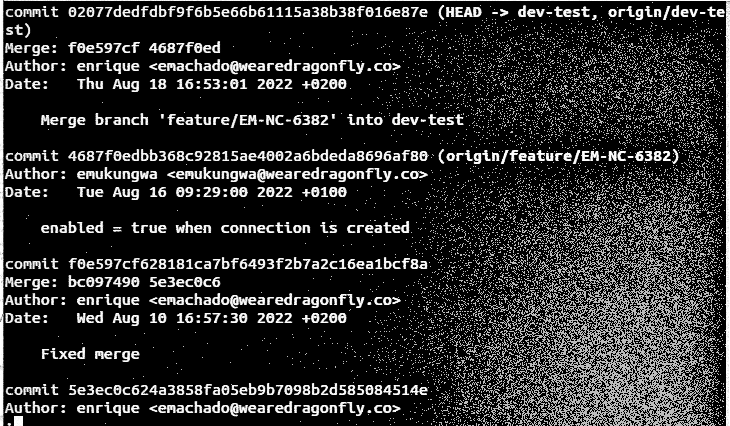Agile, Project, DevOps – each promises to drive process efficiencies, but as software delivery becomes increasingly complex, organisations looking for their next workflow advantage should look to Value Stream Management.
The accelerated pace of digital change in the working world means that today’s CTO must deliver more with less, making it critical to understand where value lies in an organisation’s software development efforts. Yet existing lean practices track activity rather than value, and without this level of insight productivity-chasing initiatives can often fail.
With an estimated $850bn spent each year on failed digital transformation projects according to McKinsey, Value Stream Management software can help businesses better manage and evaluate success throughout the development lifecycle.
What is Value Stream Management?
Value Stream Management is a business practice that enables greater oversight of the value within a software delivery cycle. By improving the visibility of complex processes, organizations can use these value streams to quickly determine what works and what doesn’t. Time, energy and resources can then be channeled into improving the flow of value to deliver better performance and business outcomes.
Value Stream Management is being adopted among innovators because it goes beyond other lean practices to provide a more granular view of the end-to-end flow of business value within the development lifecycle. As DevOps processes continue to advance, it will be those CTOs that embrace Value Stream Management software who will be best placed to not only understand the value being derived from their development efforts – but to act or pivot accordingly.
Why use Value Stream Management software?
With technology and innovation fuelling the demand for ever greater business outcomes, CTOs and other IT leaders are under growing pressure to deliver at speed and scale while remaining within budget.
But as the number of DevOps tools used in the software development lifecycle grows, it’s getting ever harder to extract the data locked up in these systems, let alone interpret and act upon it. With very few BI tool options in the tech world, Value Stream Management software can help CTOs to gain access to this critical data.
These end-to-end, platform-centric solutions can integrate multiple systems and providers to grant stakeholders a clear view of key flow metric insights, vulnerabilities and business value derived. By leveraging Value Stream Management software to distill such insights, business leaders can optimize organizational development and delivery cycles to avoid potential bottlenecks, accelerate productivity and maximize value streams.
Business benefits of a Value Stream Management platform
Data and analytics are now fundamental to an organization’s success, so it’s essential that IT leaders can both access data from their software development and delivery value streams, but also extract and interrogate such insights in order to implement improvements and mitigate risk.
This is why adopting this kind of approach can be so transformational. The business benefits include:
- Data normalization: with multiple systems integrated (e.g. Jira, Zephyr, Jenkins, etc.) in a single platform, complex and disparate data sets can be normalized in one language and location – providing a crucial single point of truth.
- Visualization: platforms can empower teams to visualize data and its associated insights in digital dashboards to provide actionable insights across multiple teams and programmes.
- Automation: platforms do away repetitive administrative and reporting tasks, freeing up critical project time and accelerating output.
- Consistency + optimisation: Tracking multiple value streams, third parties and data inputs in a single location enables teams to aggregate their performance and benchmark themselves to drive ever greater efficiencies.
The need for such tools is growing rapidly. So much so that by 2023, Gartner predicts that 70% of organizations will be using a Value Stream Management platform to enhance value-add in their DevOps pipeline. Those that don’t will be left behind.
Discover how our engineering and quality management platform neuro can drive efficiency, increase value and accelerate your growth by talking to our team today.



